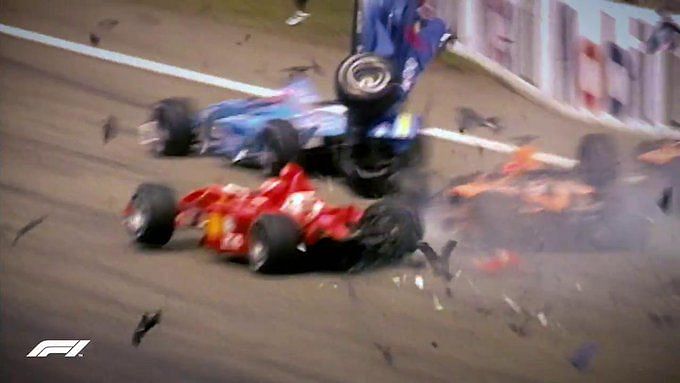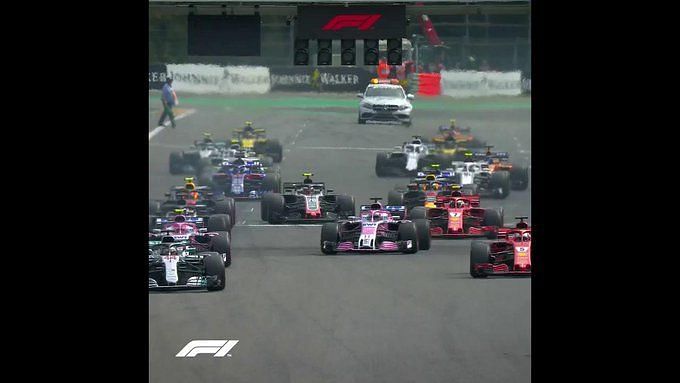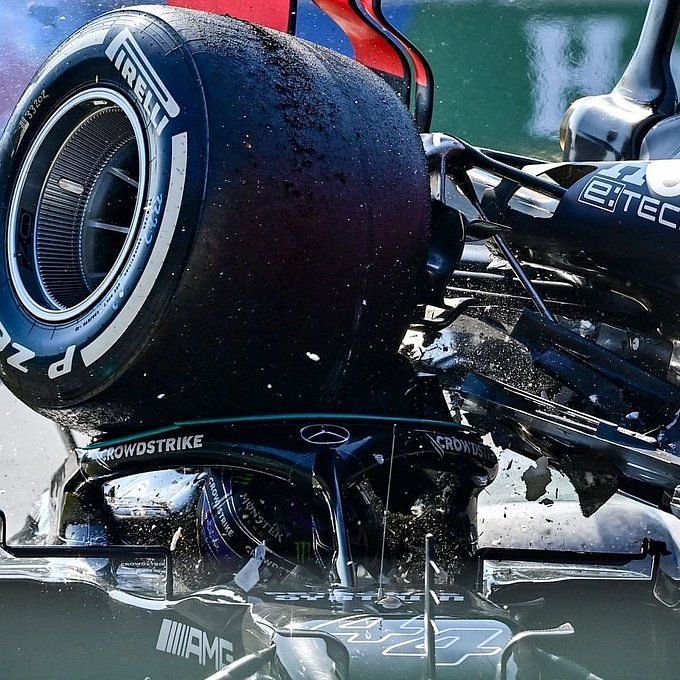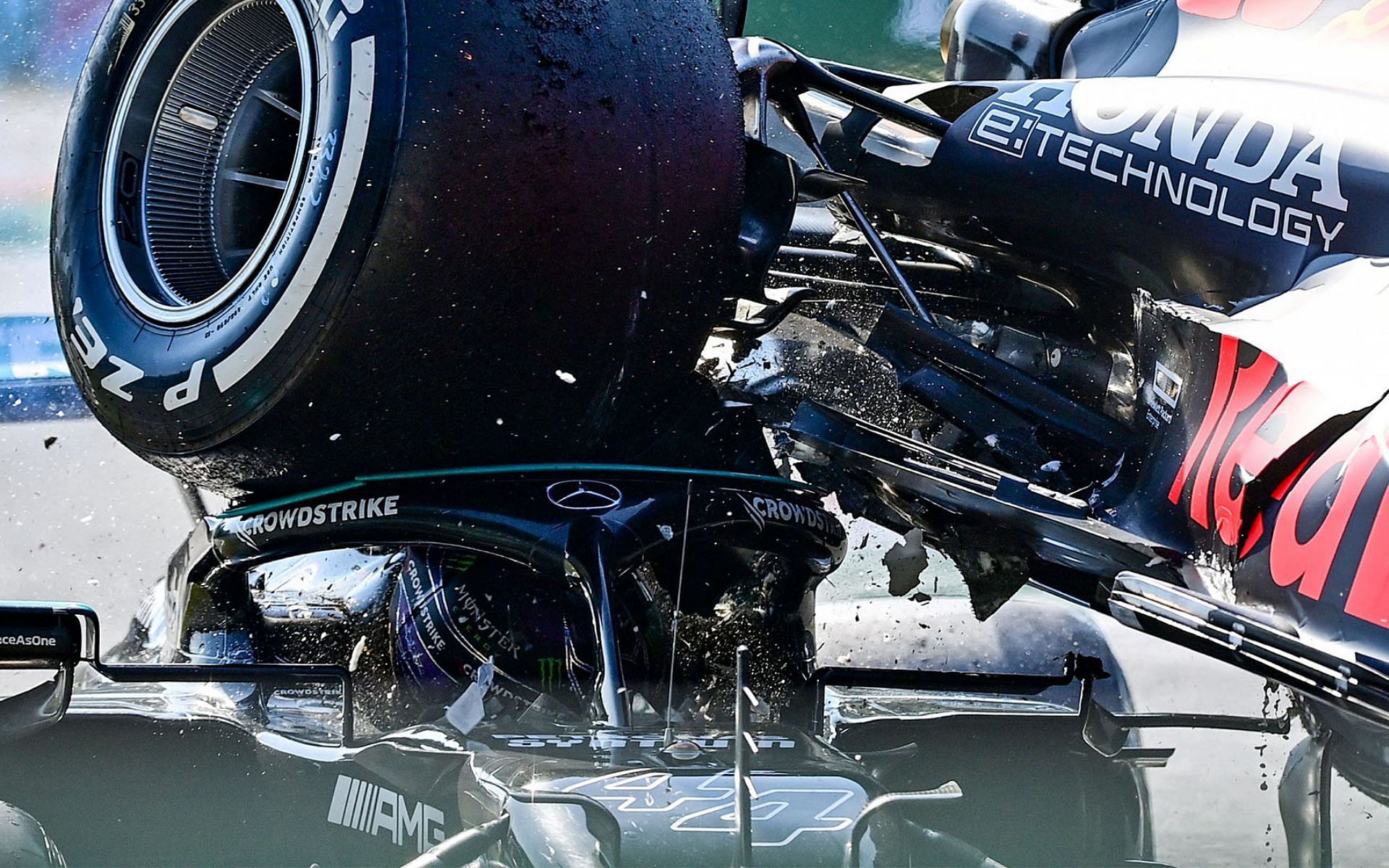
3 times the halo saved an F1 driver from serious injury
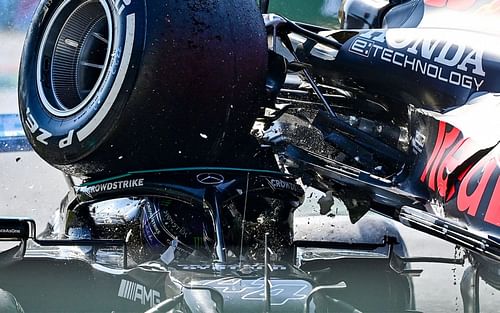
The halo is a safety device that was fully introduced to the design and structure of F1 cars in 2018 despite opposition due to its lack of aesthetic appeal. However, resistance towards the new component diminished after the crash-protection system saved drivers from severe injuries in near-fatal accidents.
While research and testing for such a component began several years prior to its introduction, the need for protection against severe head injuries was heightened after the death of British F2 driver Henry Surtees at Brands Hatch. Jules Bianchi's fatal accident at the Japanese Grand Prix in 2014 also added to the push for such a feature.
Since 2018, the halo cockpit protection device has played a significant role in allowing drivers to walk away from potentially catastrophic accidents relatively unscathed.
Here are 3 instances the halo saved an F1 driver from serious injury:
#1 Charles Leclerc: 2018 Belgian Grand Prix
In his rookie year with Alfa Romeo Sauber, Charles Leclerc became a bystander in a horrific accident involving the McLaren of Fernando Alonso and the Renault of Nico Hülkenberg at Circuit de Spa-Francorchamps in 2018. On the opening lap of the race, the Renault charged into the back of the McLaren which subsequently flew onto the top of Leclerc's Alfa Romeo, making direct contact with the halo. All three cars were out of the race and to everyone's relief, all drivers walked off unharmed.
This incident was the first to convince the F1 community, including drivers, who were hesitant about the halo, that this component is an absolutely integral part of the new generation of F1 cars.
Describing the incident and the role of the halo at the Belgian Grand Prix, Leclerc told The Guardian:
“I have never been a fan of the halo but I have to say that I was very happy to have it over my head today. I felt the impact and looking at the image of my car it is quite spectacular.”
If not for the halo, the tires from Alonso's McLaren would have easily reached the top of Leclerc's head and caused unimaginable harm, proving that the lack of aesthetics provided by the halo is a small price to pay for the level of protection it provides.
#2 Romain Grosjean: 2020 Bahrain Grand Prix
Romain Grosjean, in one of the most horrifying incidents in F1 history, found his car charging into the barriers of the Bahrain International Circuit before splitting into two and bursting into flames after contact with Daniil Kvyat's Alfa Tauri’s in the opening lap of the 2020 Bahrain Grand Prix. The Frenchman endured a 67G impact incident and yet managed to make it out of the car alive, but with several injuries.
There was no doubt in anyone's mind that the halo was essentially the reason Grosjean made it out of the Haas in one piece. Preventing his head and helmet from crashing into the barriers, the halo absorbed most of the impact, as reported in the extensive analysis undertaken. Grosjean himself was admittedly not a big fan of the safety device but said after the incident that "it’s the greatest thing that was brought to Formula 1."
#3 Lewis Hamilton: 2021 Italian Grand Prix
In 2021 we witnessed one of the most intense battles for the championship title between Lewis Hamilton and Max Verstappen. The season was filled with protests, penalties, controversies and collisions and the Italian Grand Prix undoubtedly saw one of the most dramatic incidents of them all. After Verstappen's slow pit stop, Hamilton too emerged from the pitlane ahead of the Dutchman and went on to squeeze the Red Bull outside the track at Monza's Rettifilo Chicane. By turn two of lap 26 of the race, Verstappen, in the second part of the chicane, attempted to lunge back in and subsequently made contact with the Mercedes before flying onto the top of Hamilton.
Post the incident, Hamilton shared that he was grateful for the protection the halo provided:
“Thank God for the halo. That ultimately saved me. And saved my neck.”
Unlike in prior incidents, the halo was visibly key in saving the 7-time world champion from injuries to his head and neck, the car did almost touch the Briton's helmet but once again, the impact was absorbed by the halo.
